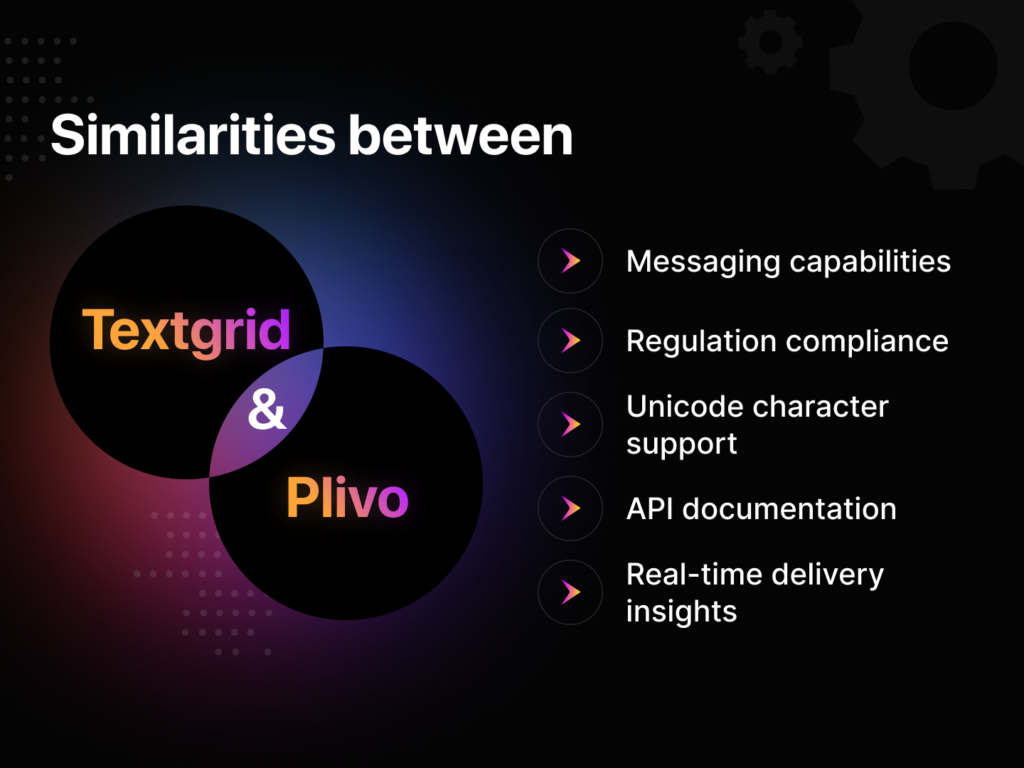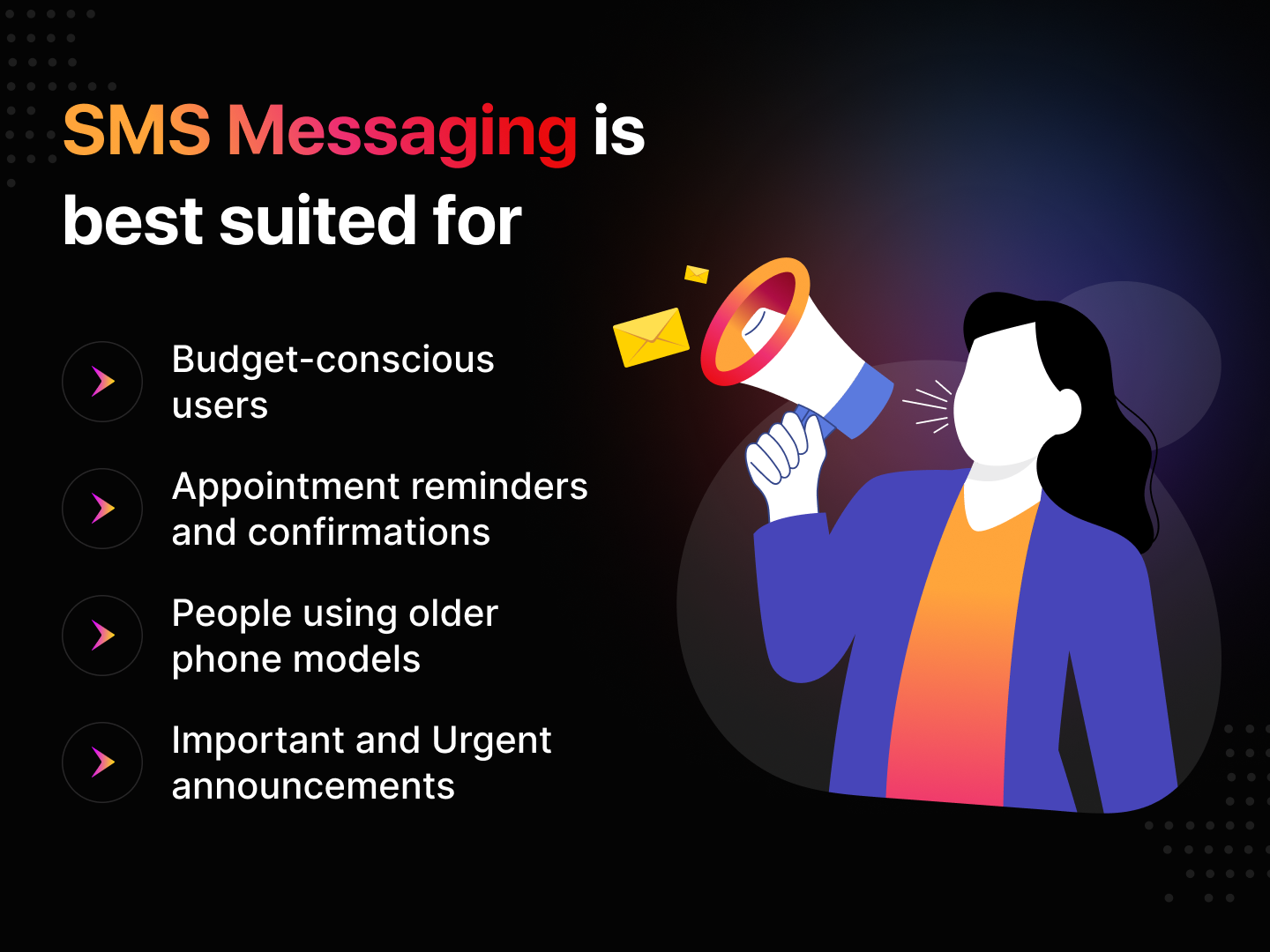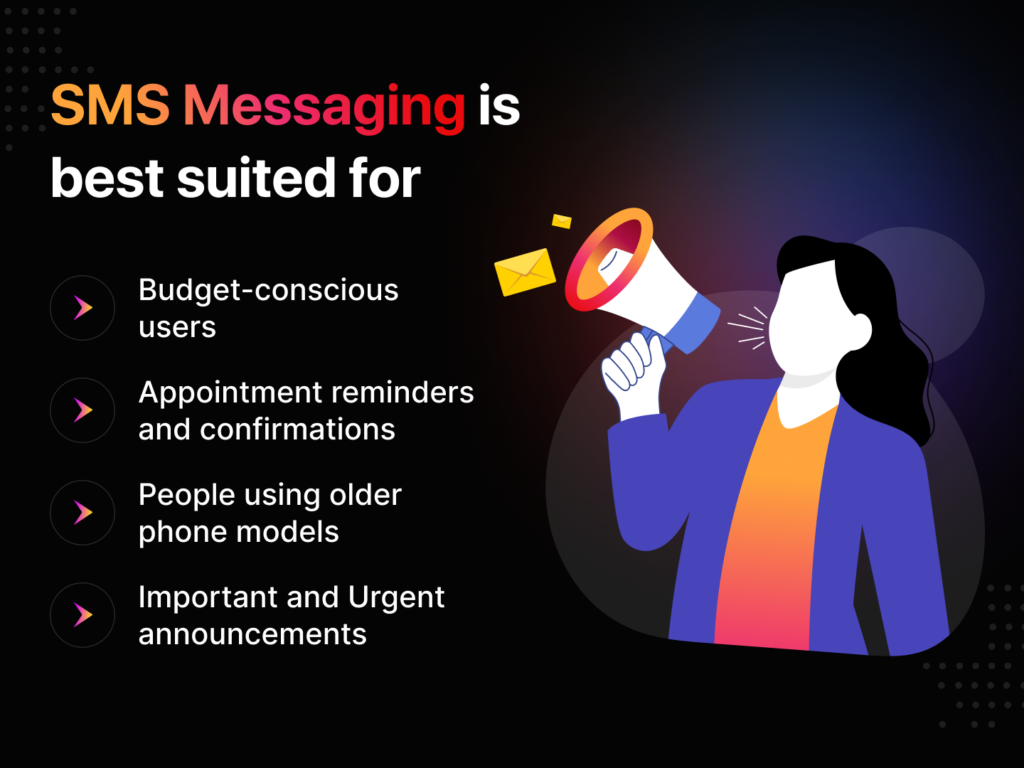It’s time for SMS to have some competition; today, we are talking about SMS vs RCS.
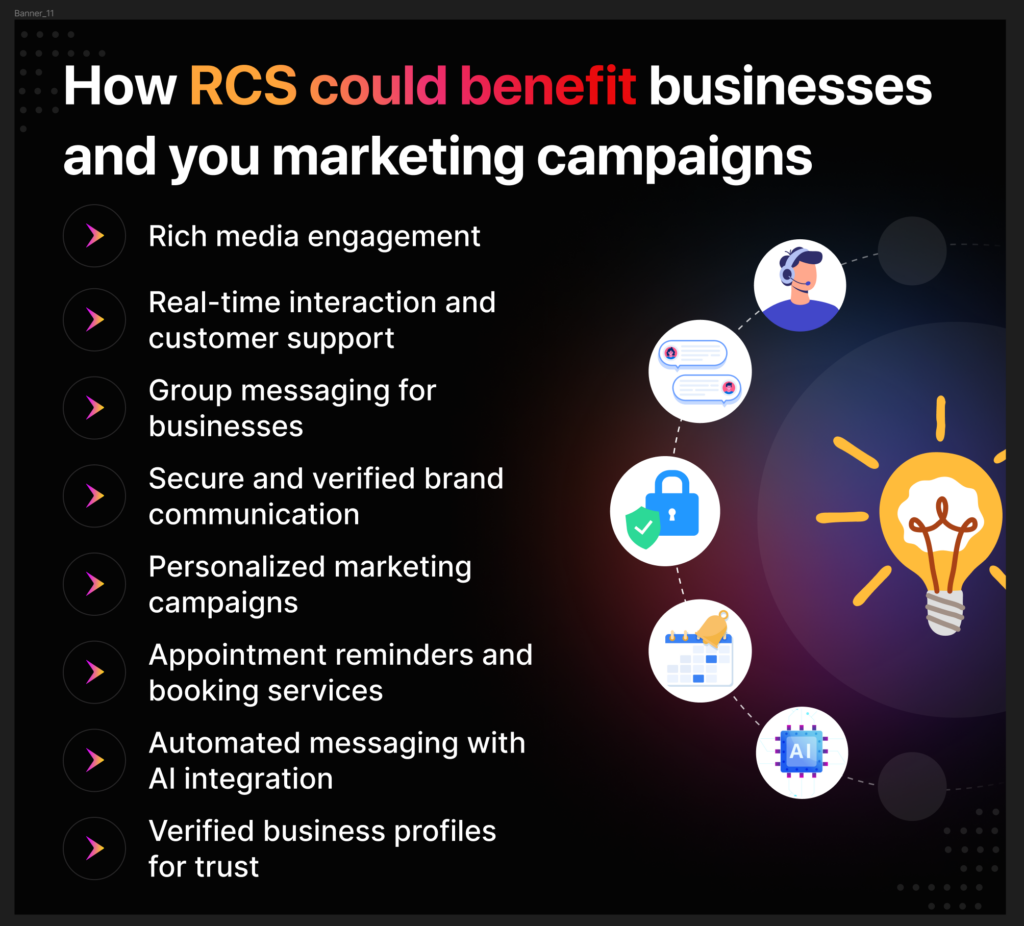
RCS technology has been around for a while, mainly on Android. However, the big news is that Apple plans to integrate RCS into their new devices in 2024, changing the game.
If you’re a marketer or business owner using SMS marketing, it’s essential to understand RCS and how it will revolutionize marketing and communication with clients.
Interested? Keep reading for all the noteworthy details.
Comparing SMS vs RCS: What sets them apart?
RCS and SMS are often compared, just like Coke and Pepsi.
SMS has long been the standard for text messages, but RCS brings extra advantages to consumers and businesses.
SMS works well for basic messaging and has been around for decades; however, it lacks some more refined features.
On the other hand, RCS allows texting and sending photos, videos, and GIFs.
The main difference is in the user experience: SMS needs a separate app, while RCS works directly in your phone’s messaging system.
Like other messaging protocols, RCS requires a data connection and utilizes TCP/IP over GSM networks for mobile connections.
In contrast, SMS functions over the baseband connection without requiring a data connection, as long as the device has service.
Each of these texting platforms has its own set of features, and here’s a rundown of what differentiates them:
SMS Features
- Basic text messaging service.
- Needs a separate app.
- Limited to plain text, with a 6-character sender ID for transactional and a 5-digit numeric ID for promotional messages.
- Cannot include multimedia, buttons, or advanced features.
- Widely used for reminders, verifications, alerts, customer service, and marketing.
- No need for an internet connection; works on network coverage.
- Simple, widely adopted, and works on most devices.
RCS Features
- Advanced version of SMS.
- Works directly through the phone’s messaging system
- Allows multimedia, click-to-action buttons, chatbots, etc.
- Uses full company name, logo, and description as sender information.
- Integrated with Android’s default messaging system.
- Supports group chats, read receipts, images, videos, GIFs, and more.
- Requires an internet connection for functionality.
- Offers a more engaging and personalized user experience.
- Still in the process of global implementation.
SMS vs RCS – Picking the best option for your business
Choose SMS:
- If most of your audience uses non-sophisticated or older phones. SMS is a good choice for broader reach because it’s available on all phone models.
- If your content is primarily text-based and doesn’t require advanced features.
- For time-sensitive messages, using SMS helps you reach people quickly.
- If you are a small business, especially with a diverse customer base. You may combine SMS and RCS to reach a larger customer
- base while taking advantage of the more advanced features where possible.
- If your marketing budget is limited since SMS is more affordable than RCS.
Choose RCS:
- If your target audience states that it prefers getting RCS messages and you want to take advantage of the upgraded options for creative marketing campaigns.
- If your customers predominantly use devices that support RCS. Keep in mind that only newer Android devices support RCS, but it may not be available on all devices.
- If your goal is to share eye-catching content like high-quality pictures and videos, to interact more with your audience. It lets you communicate in a more fun and genuine way.
- If you’re a large company with a decent budget and you want to make the most of the advanced features.
- If you want to stay consistent with your brand image, use familiar visuals like your logo and colors.
What is SMS?
SMS, or short message service, is the standard way people send text messages from their phones.
It’s been around since 1992 and is the most common texting technology ever known, paving the way for the popular apps we have today, like WhatsApp, Viber, and Facebook Messenger.
SMS is a standard feature for all phones, whether smartphones or flip phones, and it is compatible with any carrier worldwide.
However, SMS has limitations – SMS texts are limited to 160 characters, meaning you can’t send large attachments, and features like read receipts are unavailable.
SMS texting quickly gained widespread acceptance because it works everywhere, allowing you to text anyone using their phone number.
It is practical, reliable, and fast, making it an ideal choice for all businesses, regardless of industry. Explore the best practices of SMS and text marketing here.
While carriers store SMS messages, and there are privacy issues, SMS is mainly used because it doesn’t require special settings or app downloads on iOS and Android devices.
What is RCS?
RCS, or Rich Communication Services, is a better way to text on your phone, competing strongly with SMS and MMS.
It was developed in 2007, mainly with an aim to replace SMS by offering more advanced features such as longer messages, read receipts, typographic indicators, and multimedia content sharing.
RCS sends messages via the internet rather than your phone company’s network, making it faster than regular texting.
When you send an RCS message, it goes through your carrier’s network to the recipient’s device and is displayed in their messaging app.
RCS messages use the internet, allowing larger file sharing without relying on the traditional cellular network.
To use RCS, both the sender and recipient need a messaging app that supports RCS and must be enabled on their devices.
RCS is widely available in many countries and currently works on Android devices, meaning it’s not yet available on Apple devices.
There’s hope that Apple will introduce RCS for iOS, as they announced in November 2023 their plans to adopt the RCS messaging standard for iPhones in 2024.
This move is expected to improve compatibility for messages across different platforms.
Next-level messaging: Benefits of choosing RCS over SMS
Enhanced communication via multimedia and rich content
It’s 2024 already, and you must be creative and stand out to grab your customers’ attention.
With RCS, you can send images, videos, GIFs, and audio messages to interact with clients and create more authentic and enjoyable communication, while SMS only supports plain text.
Interactive features
RCS can improve your communication by allowing you to see when your message is read and when someone is typing, and it can help you communicate more effectively and confidently with your clients or company team.
RCS also enables you to use features such as CTA buttons, chatbots, and group chats that traditional texts cannot.
You can make your RCS messaging strategy even more advanced by adding AI chatbots so you can have more human-like conversations with users and quickly answer their common questions.
Also, it helps to organize internal meetings with calendar apps and manage payments with invoice apps.
To get the hang of A2P Messaging and how it improves communication strategies, check out “What is A2P Messaging: Everything You Need to Know”.
Branding and verification
RCS allows businesses to send messages with their full company name, logo, description, and a verified badge, which creates a more branded and trustworthy communication channel than simple alphanumeric sender IDs in SMS.
According to a market research report, consumers expressed a higher likelihood of engaging with brands through RCS messages than traditional SMS.
Seamless user experience
RCS is built into your phone’s messaging app, so you don’t need to install anything extra for it to work smoothly.
On the other hand, SMS might need a separate app for the additional features.
Analytical capabilities
RCS helps businesses analyze marketing campaigns by tracking transactions while also allowing them to focus on specific client groups, enabling direct communication through the customer’s messaging app and keeping them in the loop with quick updates.
Real-time communication
RCS allows for instant order confirmations and updates, giving customers timely information.
This quick and live feature is not part of regular SMS.
Cost considerations
While RCS messaging is technically free compared to the per-SMS fee model, it relies on data connectivity, potentially incurring costs from internet providers or wireless carriers.
Alternatively, SMS may have fixed packages or bundles that offer cost savings, depending on usage.
Exploring the marketing potential of RCS in messaging
For many years, brands have used SMS marketing to interact with their target demographic.
However, it’s unsurprising that this can overwhelm consumers, given that they are bombarded with hundreds of marketing messages daily.
Also, adding shorter attention spans makes it more challenging to grab and maintain customer attention.
Staying relevant on the market is genuinely a challenge, and RCS texting represents a significant advancement in conversational marketing.
Verified profiles and branded sender IDs boost trust and authenticity, improving the user experience.
Here are several scenarios in which RCS could benefit businesses and their marketing campaigns.
#1. Rich media engagement
A fashion store sends a visually appealing catalog through RCS messages to show off new outfits, making it more lifelike than regular texts.
#2. Real-time interaction and customer support
A business uses RCS for instant customer support with pictures and videos to quickly solve problems, making it more useful than regular texts.
#3. Group messaging for businesses
A company uses RCS for easy group messaging with pictures and videos for effective marketing to many customers simultaneously, which regular texts can’t do well.
#4. Secure and verified brand communication
A bank uses RCS for safe messages and encryption for important transactions, building client trust.
#5. Personalized marketing campaigns
An online shop sends personalized RCS messages with special offers, new products, and surveys, getting more people interested and buying.
#6. Appointment reminders and booking services
Service businesses like beauty salons use RCS for reminders, bookings, and letting customers change appointments in the chat, making the overall experience more effortless for them.
#7. Automated messaging with AI integration
A retail company combines RCS with chatbots for quick responses and always being there to help with things like order tracking or frequently asked questions.
#8. Verified business profiles for trust
A company creates a verified RCS profile, ensuring accurate messages and building customer trust.
The trend forecast – Will 2024 mark the end of SMS in favor of RCS?
The truth is that switching from SMS to RCS is a bit complicated.
Even though Google is working to make RCS widespread with the help of mobile carriers and Android phone companies, it’s not happening as quickly as they thought.
RCS is a different kind of messaging that needs an internet connection, unlike SMS, which works on cellular networks.
So, it’s more like iMessage, WhatsApp, or Facebook Messenger. But you won’t get RCS messages if your phone doesn’t support RCS.
This makes it hard for everyone to use RCS since not all devices can handle it.
RCS is seen as competition for the previously mentioned texting apps and not as a complete replacement for SMS.
Another major problem with RCS is the so-called SMS fallback, which helps switch smoothly between RCS and SMS.
It’s not perfect right now, which could affect how much people like and use RCS.
While regular person-to-person texts are decreasing, businesses texting customers are growing and making money for carriers.
If SMS goes away, it could cost carriers money, while SMS, especially for business and essential messages, will stick around because there’s no good reason to eliminate it.
So, even though RCS is getting popular, SMS will still be relevant for a while.
The future of messaging depends on what phones can be used, what businesses need, and how fast big companies like Apple and carriers get on board.
SMS has been around for a long time, and it looks like it will stick around for a while, even as RCS becomes more popular.
Using RCS on your smartphone: Tips, tricks, and best practices.
Although many businesses still rely on traditional SMS, if you believe that RCS messaging is a more suitable choice for your marketing needs, there are a few key things to consider before getting started.
Here are some recommended practices for integrating RCS business messaging:
- Check if the users’ devices support RCS messaging before starting a chat. Communicate based on the capabilities of their devices. If a user’s device doesn’t support RCS, use it alongside other communication channels.
- Keep a friendly tone when starting conversations to connect with your audience. Discuss topics your clients care about and introduce how your services can benefit them through the interactive features, using clear calls-to-action.
- Use clear and straightforward language in your messages so that users can easily understand them. Simple words encourage responses, and consistency in your writing style, structure, and pace helps build trust.
- Maintain a proper sequence when sending multiple messages. Ensure messages with rich media files are sent in the correct order, and wait for confirmation before sending the following message.
The Rise of RCS: Is it Time to Say Goodbye to SMS?
It’s too soon to make predictions, but eventually, SMS will likely have a competitor with more advanced and useful features.
We’re now in an era of constant innovation, and basic texting isn’t cutting it. We want a cooler way to chat that’s more engaging and brings us closer.
While global carriers started offering RCS in 2022, we’re still waiting to see what the future holds because Apple doesn’t support it yet.


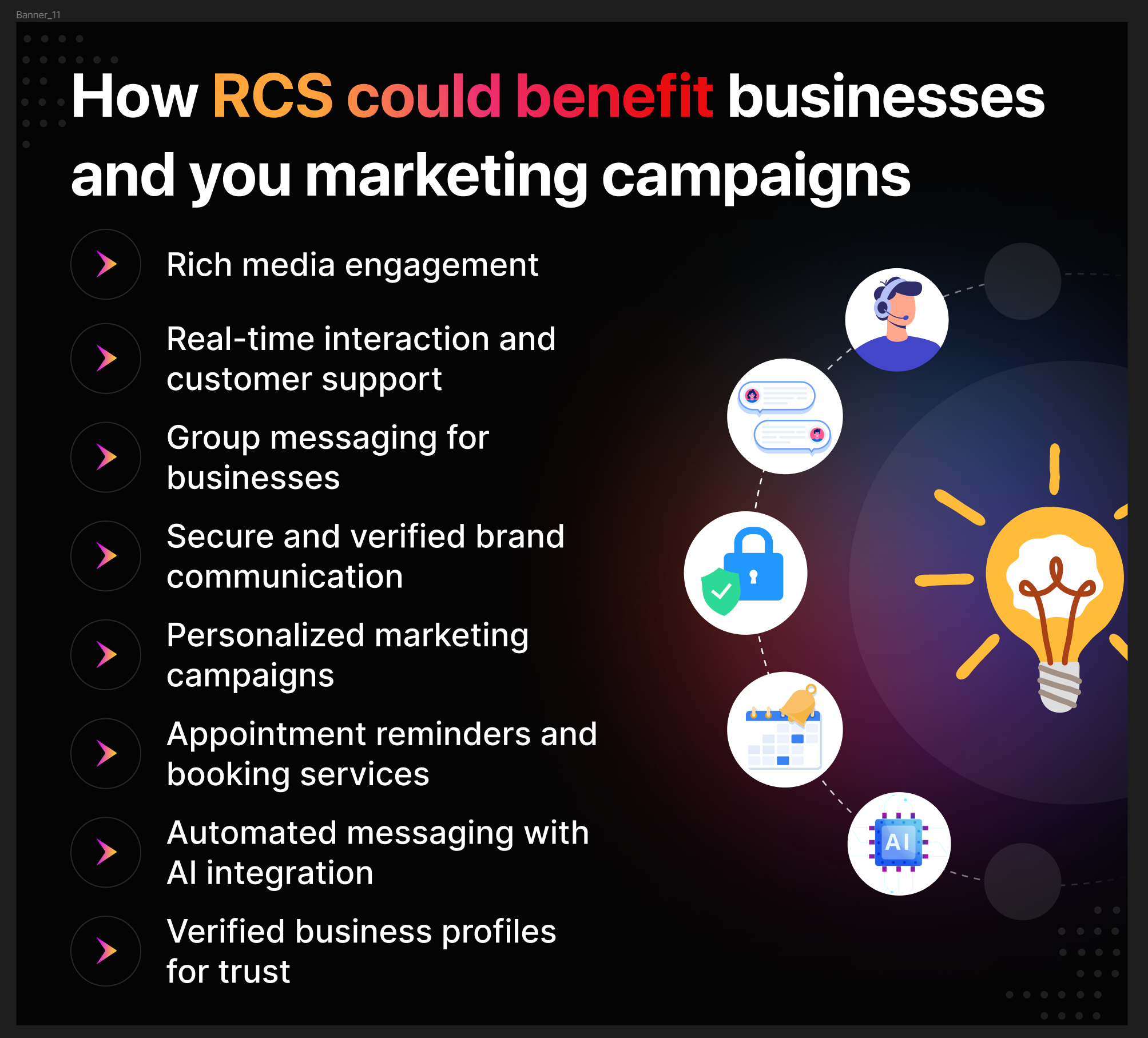
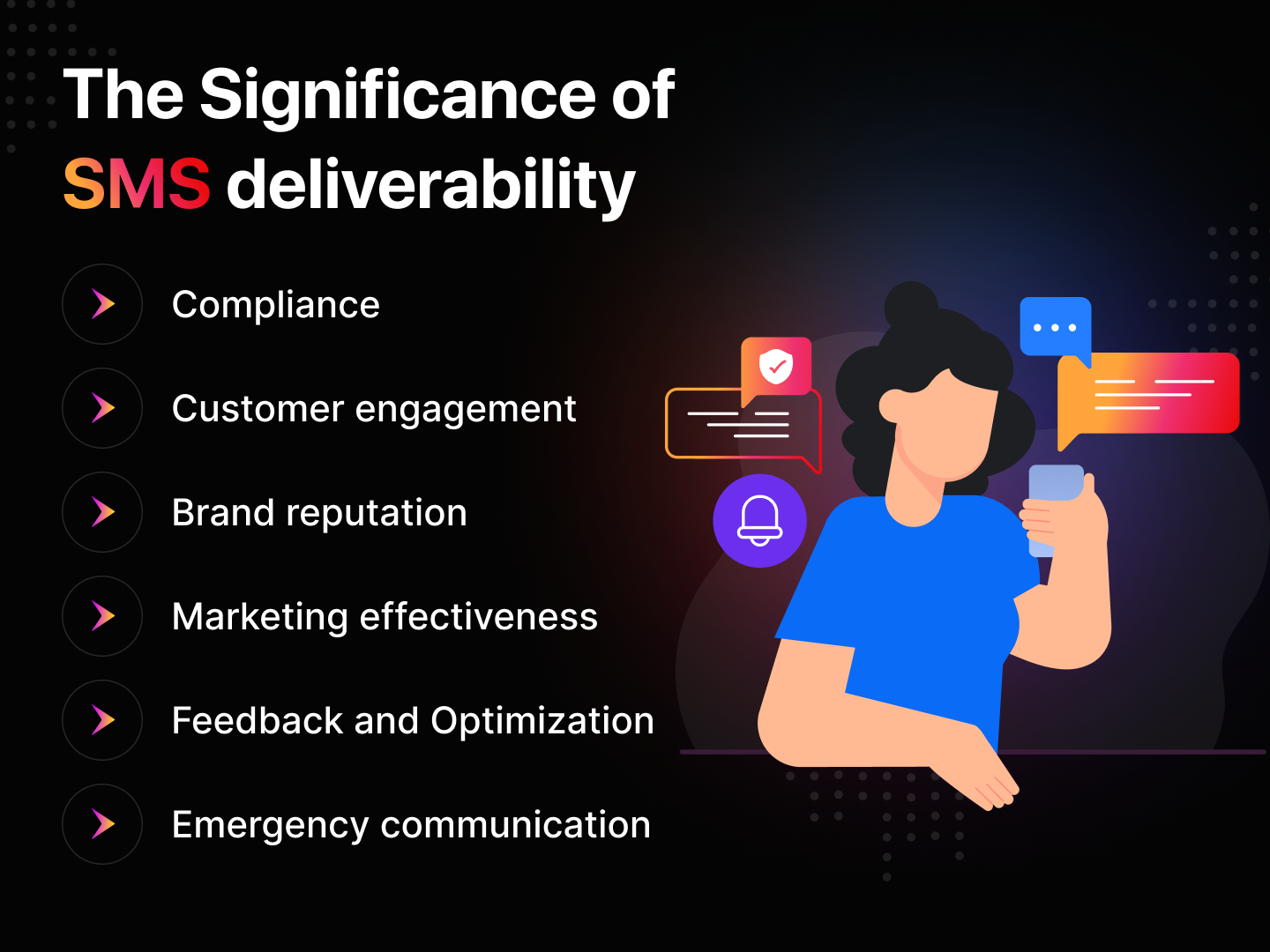
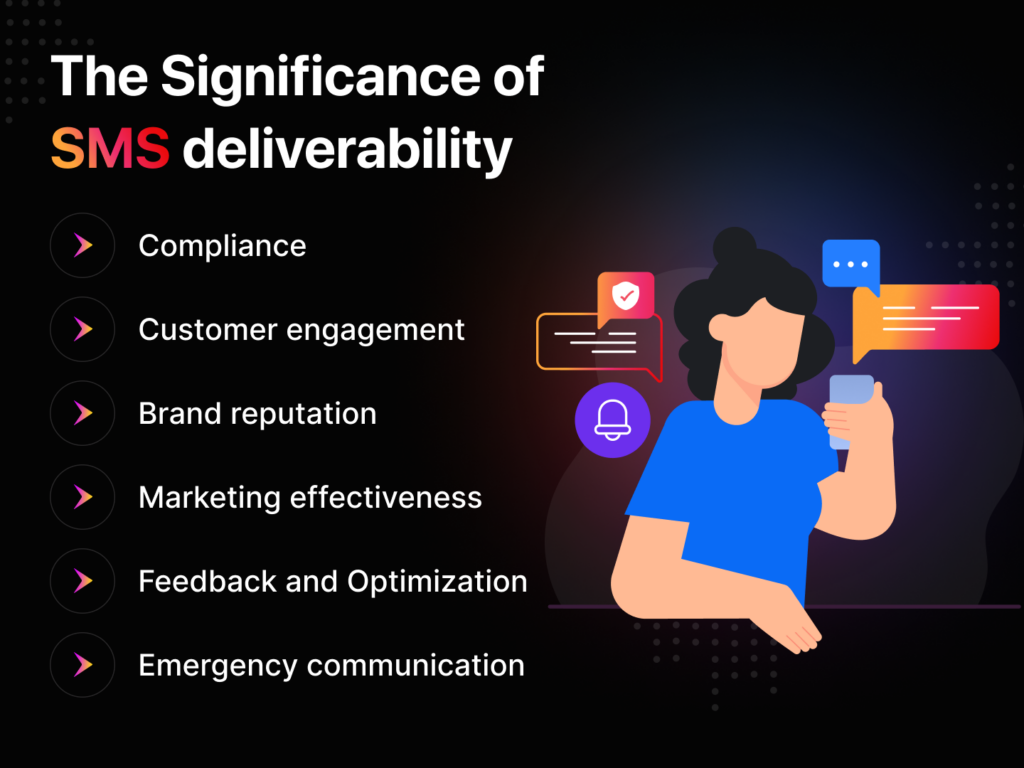
![Telnyx Alternatives: The Complete List [2024]](https://textgrid.com/wp-content/uploads/2023/12/Banner_12.png)
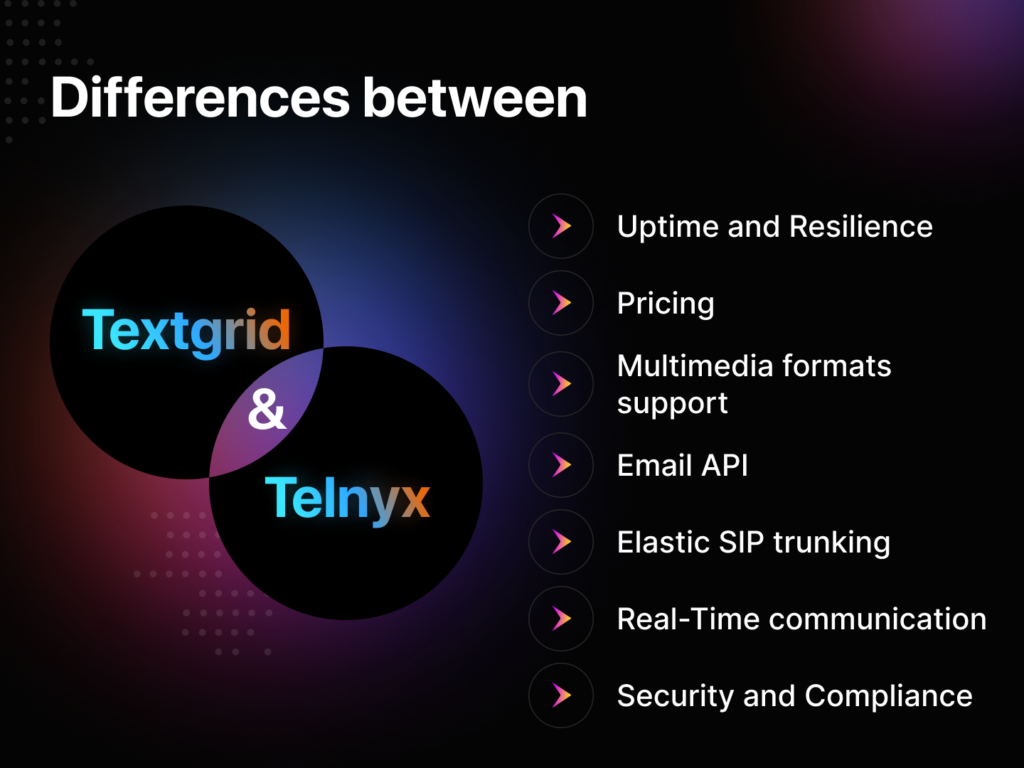
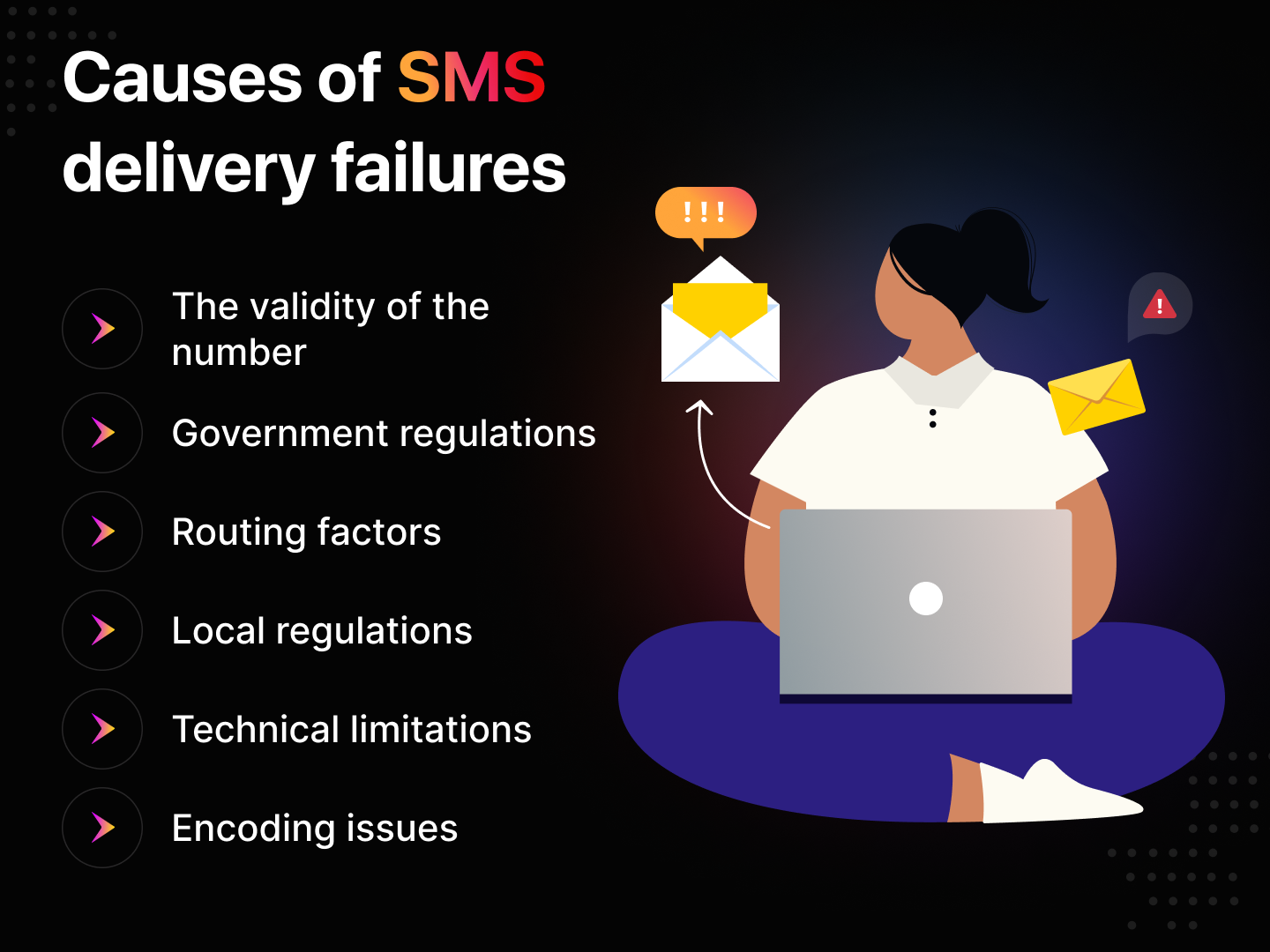
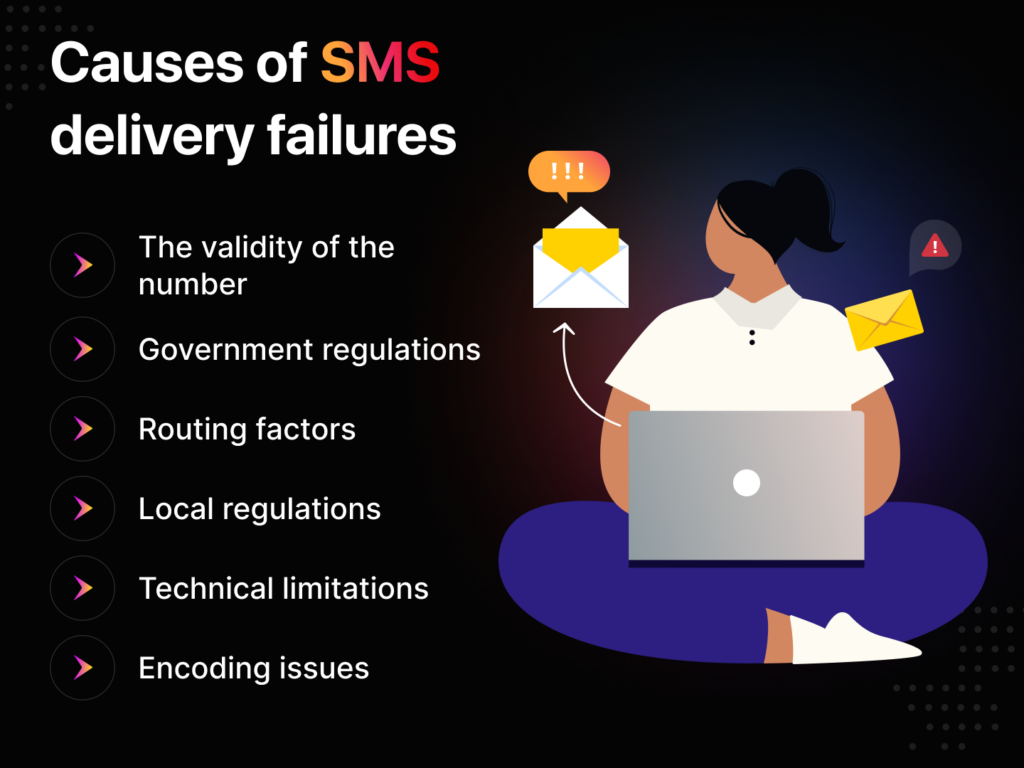
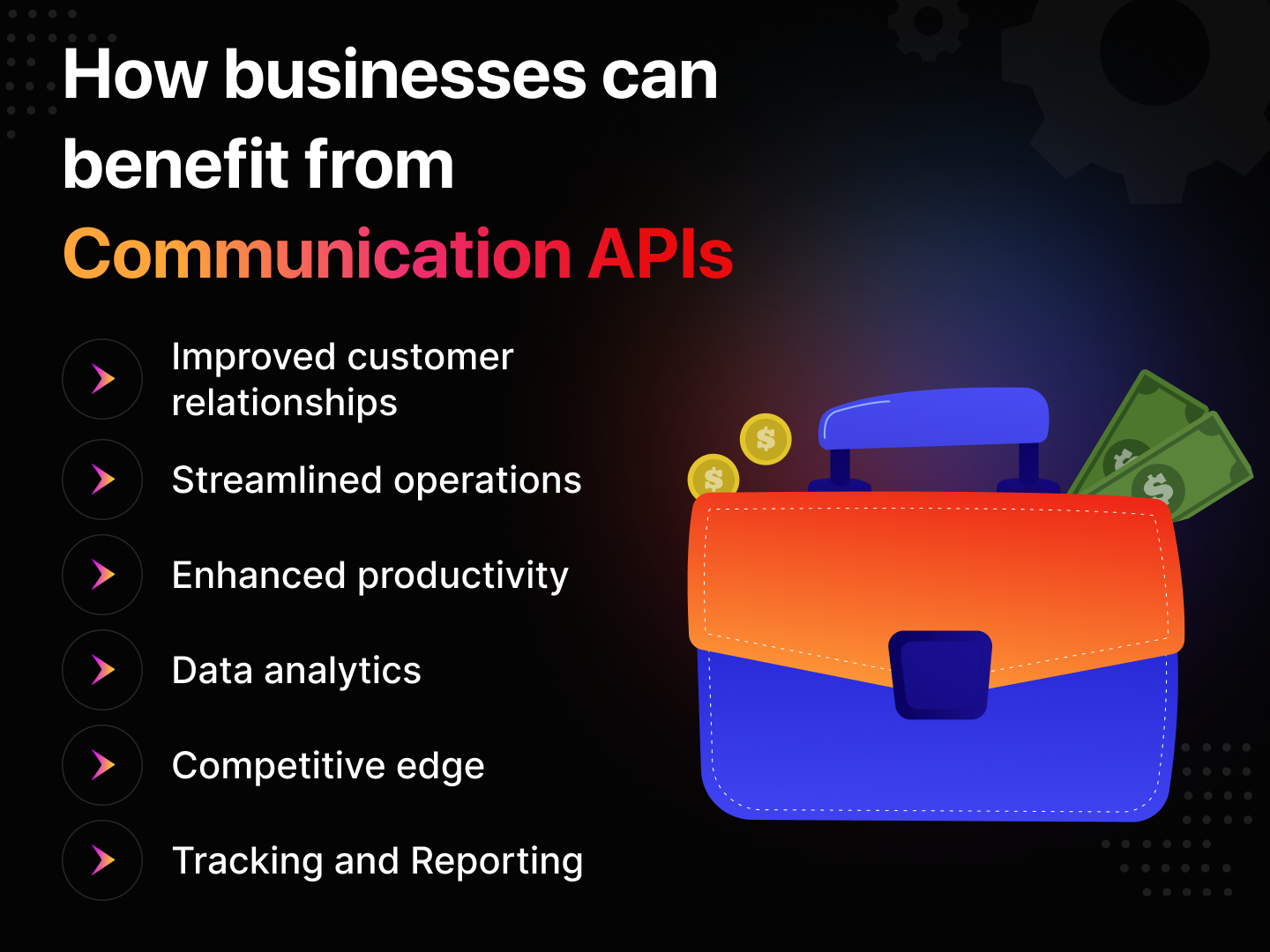
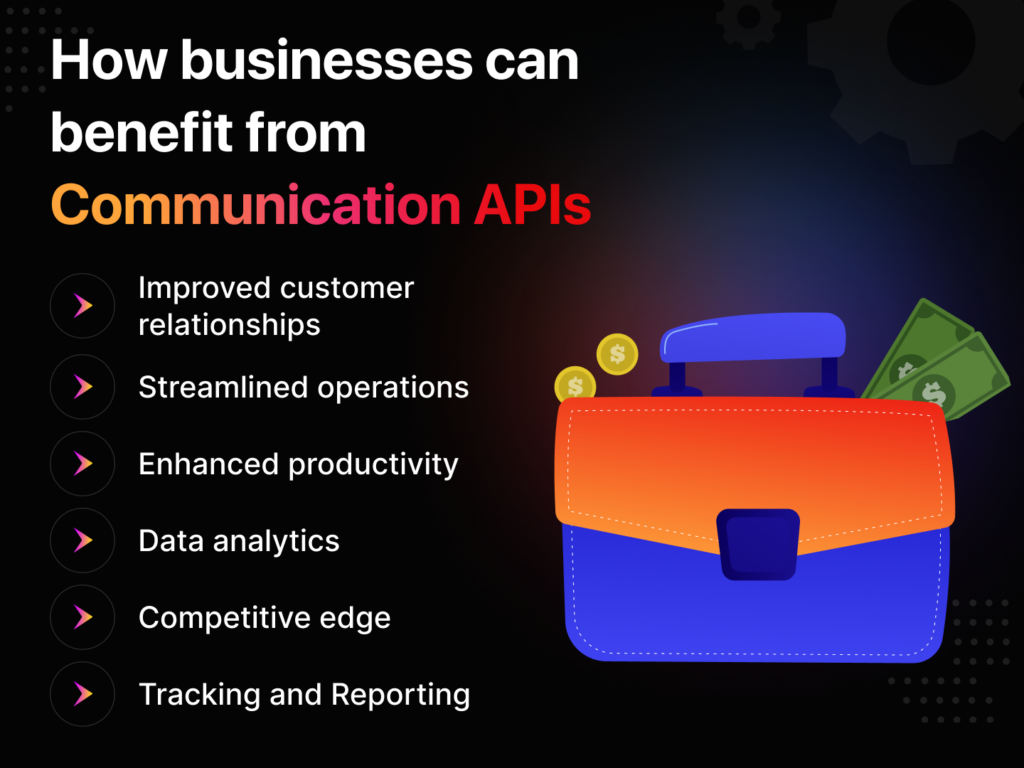
![Toll Fraud Prevention Guide: Everything you need to know [2023]](https://textgrid.com/wp-content/uploads/2023/09/Frame-2.png)
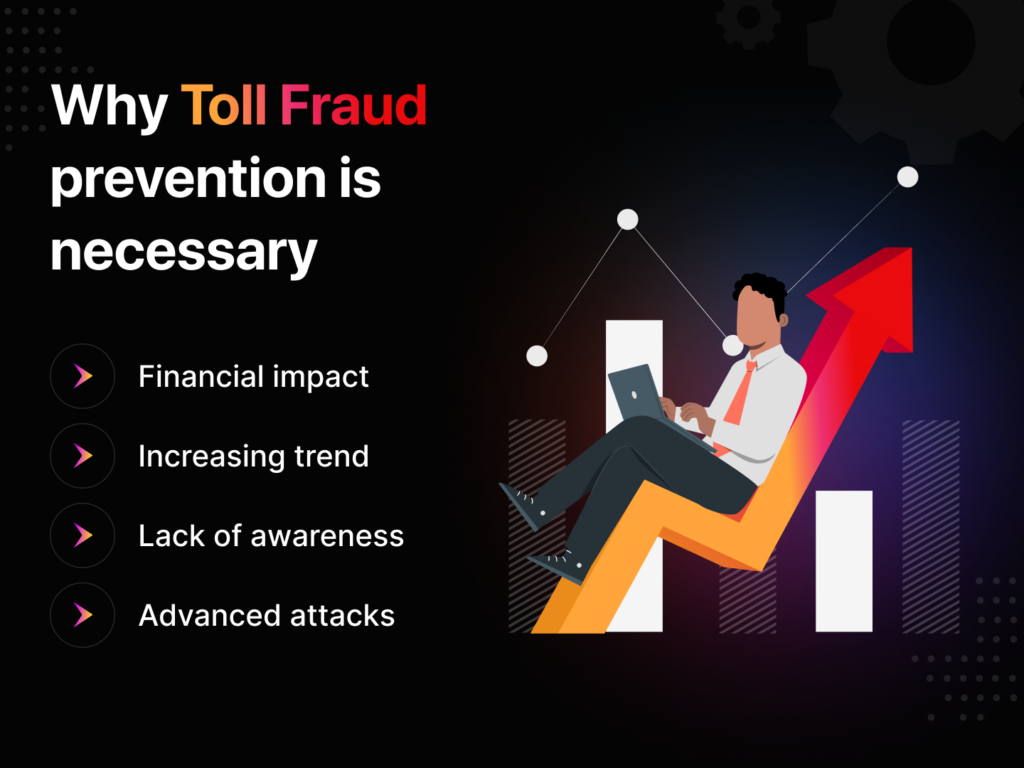

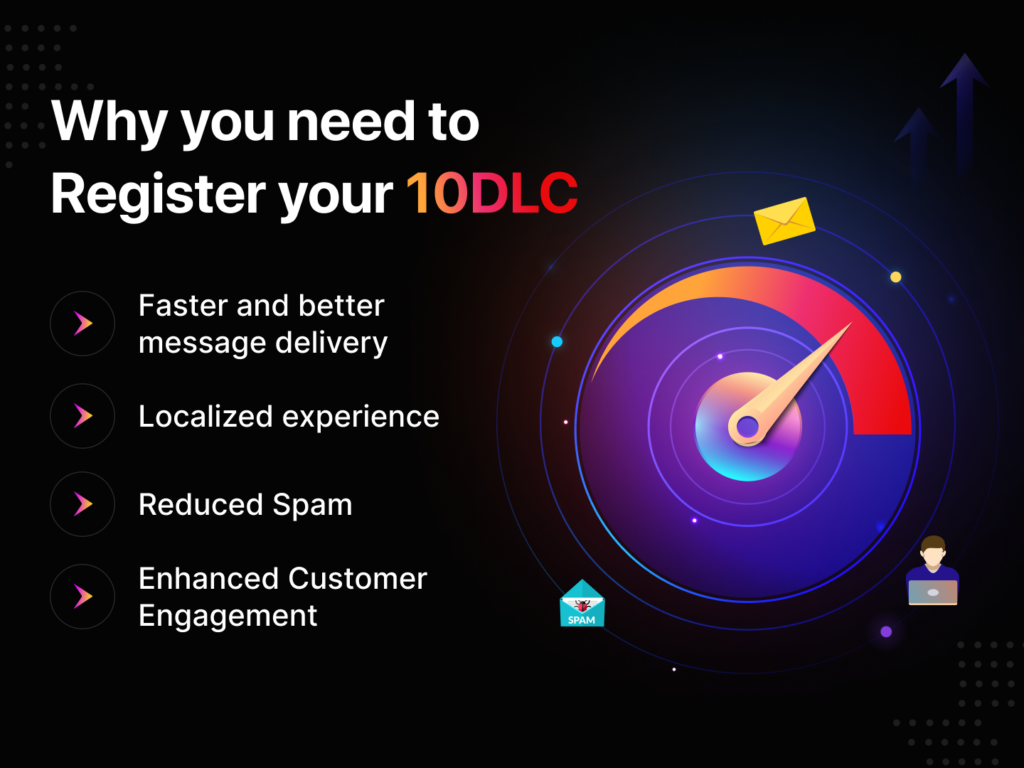
![Bulk SMS Marketing: The Definitive Guide [2024]](https://textgrid.com/wp-content/uploads/2023/09/Banner_5.png)
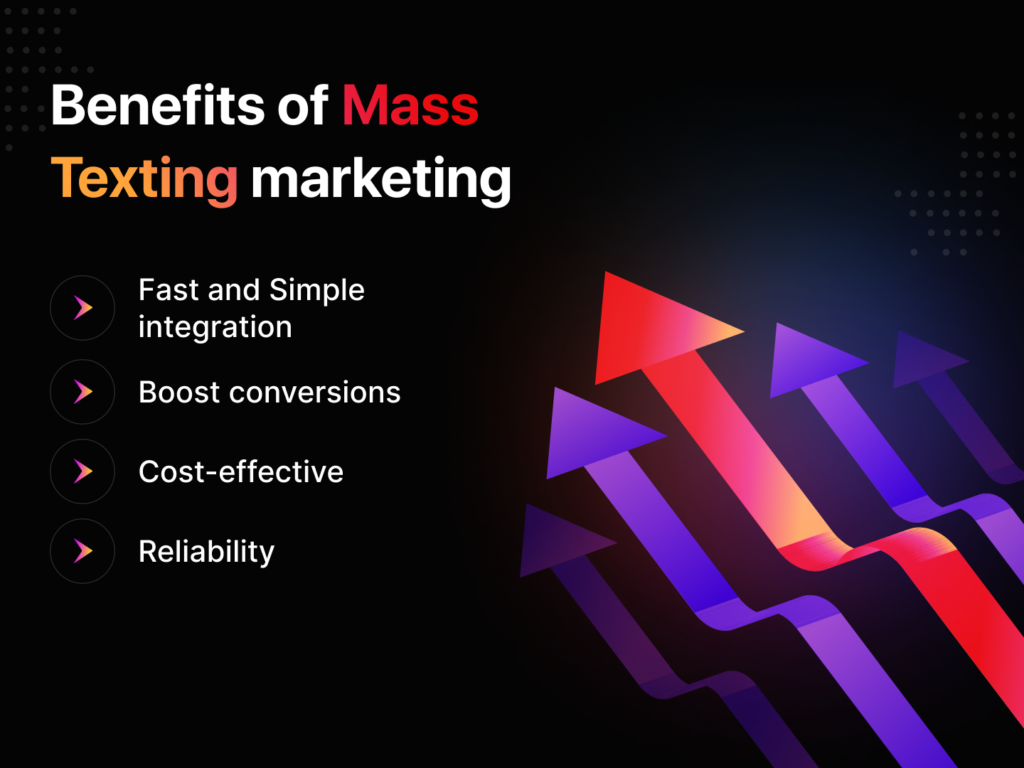
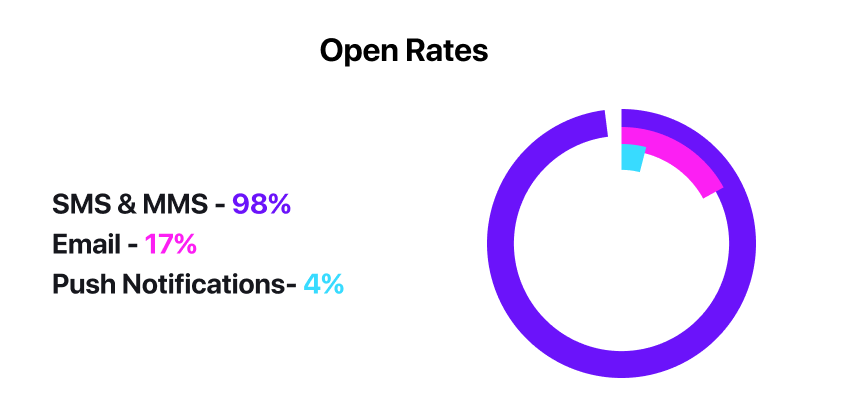
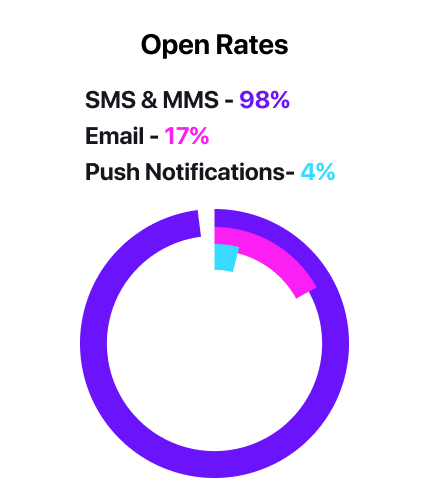
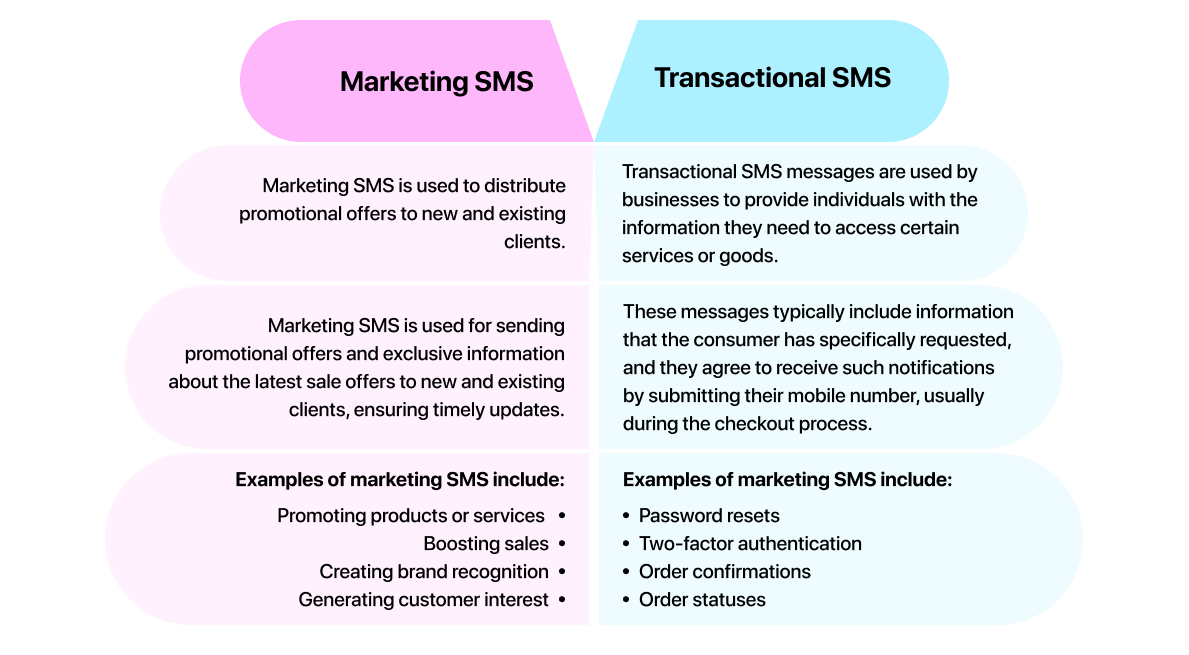
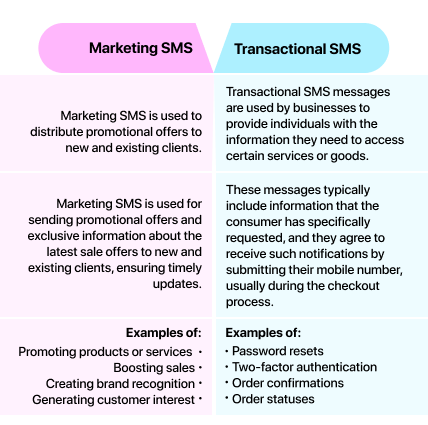

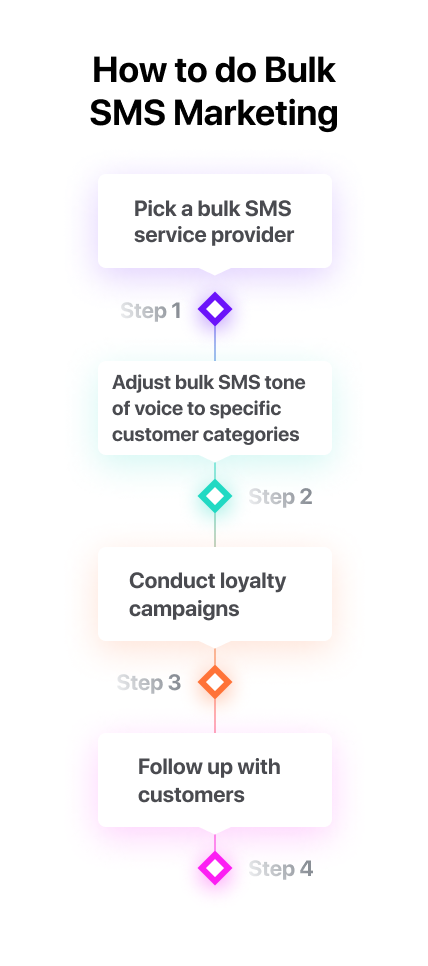

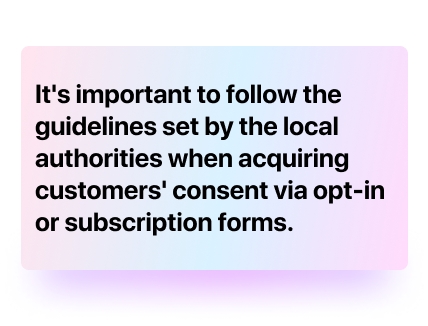
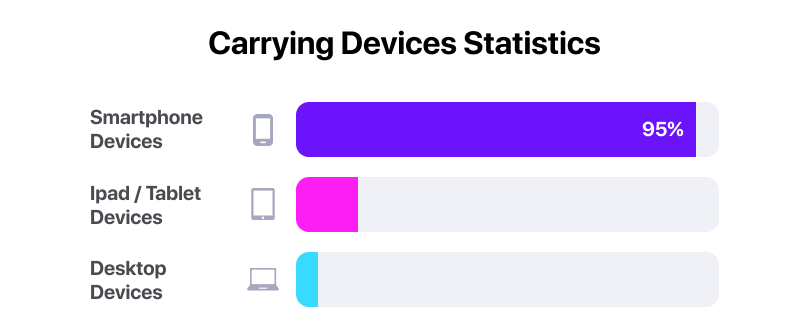
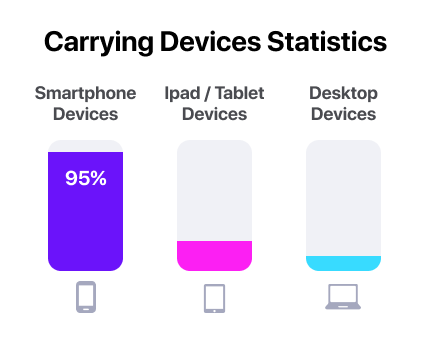
![Plivo Alternatives: The Complete List [2024]](https://textgrid.com/wp-content/uploads/2023/09/Banner_6.png)
